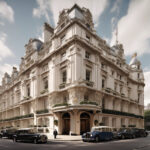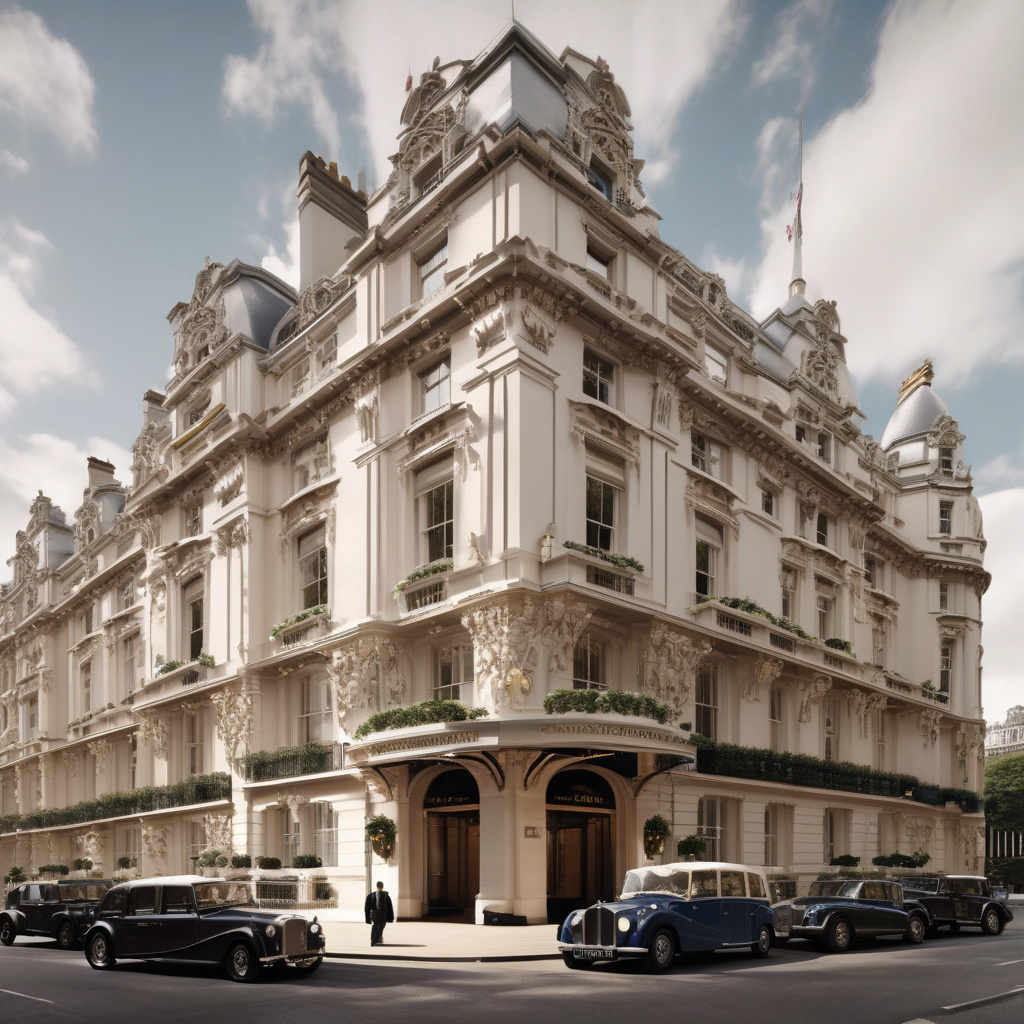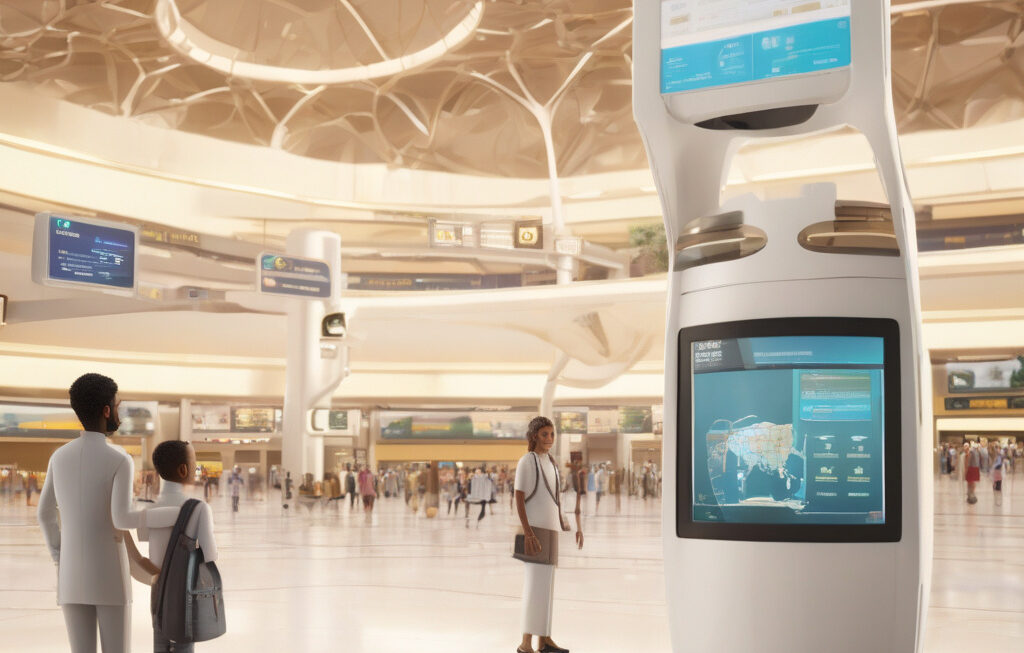London’s Luxury Hotels Have Hit Their Price Ceiling
London, known for its opulent accommodations and world-class hospitality, is currently experiencing a shift in its luxury hotel sector. With an influx of new high-end hotels entering the market, the supply of upscale rooms has been steadily increasing. However, this surge in supply is being met with a plateau in demand, as economic uncertainties continue to affect consumer spending habits. As a result, many of London’s top hotels are now faced with the challenge of recalibrating their prices in order to remain competitive in an increasingly saturated market.
The recent proliferation of luxury hotel openings in London has undeniably raised the bar in terms of quality and design. From boutique establishments to renowned five-star chains, the city’s hotel scene is now more diverse and extravagant than ever before. However, this rapid expansion has also led to a saturation of the market, with more options available to consumers than they can possibly choose from.
In addition to the increase in supply, economic uncertainties such as Brexit and fluctuations in the global economy have had a dampening effect on the demand for luxury accommodations. Business travelers, who make up a significant portion of London’s luxury hotel clientele, are becoming more budget-conscious in light of uncertain market conditions. Similarly, leisure travelers are also reevaluating their spending priorities, opting for more affordable lodging options or cutting back on discretionary expenses.
In response to these market dynamics, many of London’s top luxury hotels are now facing a price ceiling. In an effort to attract guests and maintain occupancy rates, these establishments are being forced to rethink their pricing strategies. While some hotels are choosing to lower their rates in order to appeal to cost-conscious travelers, others are focusing on adding value through complimentary services and amenities.
For example, some hotels are now offering special packages that include perks such as complimentary meals, spa treatments, or tickets to local attractions. By bundling these extras into the overall price of the room, hotels are able to provide added value to guests without having to slash their rates. This strategy not only helps hotels differentiate themselves from competitors but also enhances the overall guest experience.
Furthermore, hotels are also investing in technology and digital marketing to streamline their operations and reach a wider audience. By leveraging data analytics and online booking platforms, hotels can better understand consumer preferences and tailor their pricing strategies accordingly. Dynamic pricing, which involves adjusting room rates based on demand and other factors, is becoming increasingly common in the industry.
Overall, the current state of London’s luxury hotel market presents both challenges and opportunities for hoteliers. While the saturation of the market and economic uncertainties have put pressure on prices, hotels that are able to adapt and innovate stand to thrive in this ever-evolving landscape. By focusing on value-added services, strategic pricing, and technological advancements, London’s luxury hotels can continue to attract discerning travelers and maintain their status as world-class accommodations.
In conclusion, the convergence of increased supply and tepid demand has led London’s luxury hotels to hit a price ceiling. However, by implementing creative pricing strategies and enhancing the overall guest experience, these hotels can navigate through these challenges and emerge stronger in the competitive hospitality industry.
luxury hotels, London, pricing strategies, market dynamics, guest experience












